Recognizing Colic
A major problem for you as a horse owner is identifying the signs of colic. That’s because signs can vary greatly between individuals and may also depend on the severity of the pain. However, among the more common signs are:
- Turning the head toward the flank
- Pawing
- Kicking or biting at the abdomen
- Stretching out as if to urinate without doing so
- Repeatedly lying down and getting up or attempting to do so
- Rolling, especially violent rolling
- Sitting in a dog-like position, or lying on the back
- Lack of appetite (anorexia)
- Putting head down to water without drinking
- Lack of bowel movements, as evidenced by the small number of manure piles
- Absence of, or reduced, digestive sounds
- Sweating
- Rapid respiration and/or flared nostrils
- Elevated pulse rate (greater than 52 beats per minute)
- Depression
- Lip curling (Flehmen response)
- Cool extremities
Taking Immediate Action
Time is perhaps the most critical factor if colic is to be successfully treated. While a number of cases resolve without medical intervention, a significant percentage do require prompt medical care, including emergency surgery. If you suspect your horse is suffering from colic, the following action plan is suggested:
- Remove all food and water.
- Notify your veterinarian immediately.
- Be prepared to provide the following specific information:
- Pulse rate
- Respiratory rate (breathing)
- Rectal temperature
- Color of mucous membranes
- Capillary refill time (tested by pressing on gums adjacent to teeth, releasing, then counting the seconds it takes for color to return)
- Behavioral signs, such as pawing, kicking, rolling, depression, etc.
- Digestive noises, or lack of them
- Bowel movements, including color, consistency and frequency
- Any recent changes in management, feeding, or exercise
- Medical history, including deworming and any past episodes of abdominal pain
- Breeding history and pregnancy status if the patient is a mare, and recent breeding history if the patient is a stallion
- Insurance status and value of the horse (NOTE: The insurance carrier should be notified if surgery or euthanasia is being considered.)
- Keep horse as calm and comfortable as possible. Allow the animal to lie down if it appears to be resting and is not at risk of injury.
- If the horse is rolling or behaving violently, attempt to walk the horse slowly.
- Do not administer drugs unless specifically directed to do so by your equine practitioner. Drugs may camouflage problems and interfere with accurate diagnosis.
- Follow your veterinarian’s advice exactly and await his or her arrival.
Diagnosing The Cause
Your equine practitioner will establish the severity of the colic and identify its cause. His or her examination and/or treatment may include the following procedures:
- Observation of such signs as sweating, abdominal distension (bloating), rapid breathing, flared nostrils, and abnormal behavior
- Obtaining an accurate history
- Passage of a stomach tube to determine presence of excess gas, fluids, and ingesta
- Monitoring vital signs, including temperature, pulse, respiration (TPR), color of the mucous membranes, and capillary refill time
- Rectal palpation for evidence of intestinal blockage, distension, or other abnormalities
- Blood test for white cell count and other data
- Abdominal tap in order to evaluate protein level and cell type in the peritoneal fluid
- Analgesics or sedatives to relieve pain and distress
- Avoid putting feed on the ground, especially in sandy soils.
- Make dietary and other management changes as gradually as possible.
- Reduce stress. Horses experiencing changes in environment or workloads are at high risk of intestinal dysfunction.
- Pay special attention to animals when transporting them or changing their surroundings, such as at shows.
- Observe foaling mares pre- and postpartum for any signs of colic. Also watch carefully any horses who have had a previous bout with colic. They may be at greater risk.
- Maintain accurate records of management, feeding practices, and health.
Summary
Virtually any horse is susceptible to colic. Age, sex, and breed differences in susceptibility seem to be relatively minor. The type of colic seen appears to relate to geographic or regional differences, probably due to environmental factors such as sandy soil or climatic stress. Importantly, what this tells us is that, with conscientious care and management, we have the potential to reduce and control colic, the number one killer of horses.
